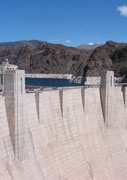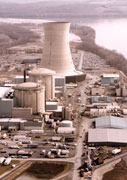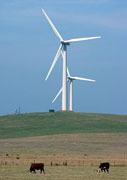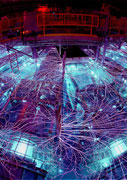Program on Science, Technology and Society at HarvardHarvard Kennedy School of Government | Harvard University |
||||||||
|
|

The Sociotechnical Imaginaries ProjectThis interactive research platform offers an introduction to the theoretical concept of sociotechnical imaginaries. It is the first in a series of research tools explicating key STS concepts developed in the Program on Science and Technology Studies (STS) at the Harvard Kennedy School. Throughout the modern world, science and technology (S&T) are deeply implicated in producing collective visions of good and attainable futures. These “sociotechnical imaginaries” have proved particularly useful for policymakers in late modern societies. Imagined futures help justify new investments in S&T; in turn, advances in S&T reaffirm the state’s capacity to act as responsible stewards of the public good. Sociotechnical imaginaries serve in this respect both as the ends of policy and as instruments of legitimation. National governments are important sites for the construction and implementation of sociotechnical imaginaries. But other imaginaries are also often at play in the world, based on different cultural understandings of the good life. Public hopes and fears concerning S&T engage in unpredictable ways with forms of imagination current in policy worlds. Publics also construct and act upon their own imaginaries of those in power and hold policymakers responsible in accordance with their tacit or explicit notions of discovery, innovation, efficiency, progress, uncertainty, evidence, argument, value, legitimation. Like any new and useful theoretical notion, sociotechnical imaginaries have both a genealogy and connections to other analytic concepts. This website offers links to both. One way to come to grips with the analytic power of imaginaries is to clarify what they are not. Thus, imaginaries are not problem frames (Schon and Rein 1995, Goffman 1974) or policy agendas (Kingdon 1995): they are less explicit, less issue-specific, less goal-directed, and less politically accountable. They are not master narratives (Lyotard 1984), but are more futuristic and less grounded in historical memory. Unlike media packages (Gamson and Modigliani 1989), sociotechnical imaginaries are not mainly defined by discourse but are often associated with active exercises of state power and the management of political dissent. Another way to understand a concept is to see how it works alongside others. Sociotechnical imaginaries are closely linked to the STS concept of co-production (Jasanoff 2004). Imaginaries help explain why, out of the universe of possibilities, some envisionings of scientific and social order tend to win support over others—in other words, why some orderings are co-produced at the expense of others. Support for this effort was provided by NSF Award No. SES-072413: “Sociotechnical Imaginaries and Science and Technology Policy: A Cross-National Comparison.” References William A. Gamson and Andrew Modigliani. 1989. “Media Discourse and Public Opinion on Nuclear Power: A Constructionist Approach.” American Journal of Sociology 95 (1): 1-37. Erving Goffman. 1974. Frame Analysis: An Essay on the Organization of Experience. New York: Harper and Row. Sheila Jasanoff, ed. 2004. States of Knowledge: The Co-production of Science and Social Order. New York: Routledge. John Kingdon. 1995. Agendas, Alternatives, and Public Policies, 2d ed. New York: Longman. Jean-François Lyotard. 1984. The Postmodern Condition: A Report on Knowledge. Minneapolis: University of Minnesota Press. Donald A. Schon and Martin Rein. 1995. Frame Reflection: Toward The Resolution Of Intractable Policy Controversies. New York: Basic Books |
|||||||



